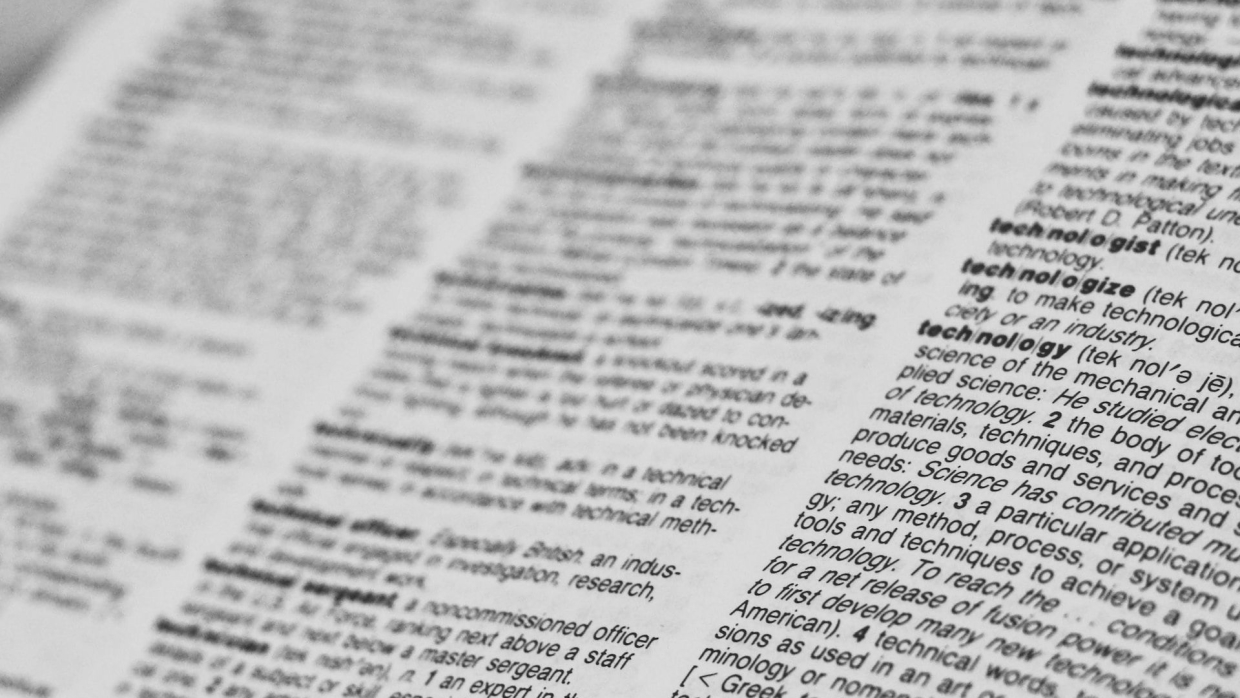Introduction
Python dictionaries are a useful data structure that you can use to store and manage data in the form of key-value pairs. They are similar to hash tables, providing fast lookup times for keys. In this article, we will explore the basics of Python dictionaries, their syntax, methods, and use cases.
Table of Contents
- Introduction
- Creating Dictionaries
- Dictionary Literals
- Dictionary from List of Tuples
- Accessing Dictionary Elements
- Modifying Dictionary Elements
- Adding New Key-Value Pairs
- Deleting Dictionary Elements
- Dictionary Methods
- Length of Dictionary
- Keys, Values & Items
- Retrieve Value by Key
- Use Cases
- Conclusion
Creating Dictionaries
Python dictionaries can be created in several ways:
Dictionary Literals
The most usual way to create a dictionary is to use the curly braces {} and to define pairs of keys and values that are separated by a colon ::
my_dict = {
'name': 'Michael Monroe',
'age': 45,
'city': 'Berlin'
}
Dictionary from List of Tuples
You can also create a dictionary from a list of tuples:
pairs = [('name', 'Michael Monroe'), ('age', 45), ('city', 'Berlin')]
my_dict = dict(pairs)
Accessing Dictionary Elements
You can access dictionary elements using their keys:
print(my_dict['name']) # Output: Michael Monroe
Modifying Dictionary Elements
You can change the value of a dictionary element by assigning a new value to it:
my_dict['age'] = 46
print(my_dict['age']) # Output: 46
Adding New Key-Value Pairs
You can add new key-value pairs to an existing dictionary using the assignment operator =:
my_dict['gender'] = 'Male'
print(my_dict) # Output: {'name': 'Michael Monroe', 'age': 45, 'city': 'Berlin', 'gender': 'Male'}
Deleting Dictionary Elements
You can delete a dictionary element using the del keyword:
del my_dict['city']
print(my_dict) # Output: {'name': 'Michael Monroe', 'age': 45, 'gender': 'Male'}
Dictionary Methods
Python dictionaries provide several built-in methods for manipulating and working with data. Some of the most commonly used methods include:
Length of Dictionary
len(dict) returns the number of items in the dictionary.
Keys, Values & Items
keys(), values(), items() return a new view object of the keys, values, or key-value tuples as lists.
Retrieve Value by Key
get(key[, default]) return the value for the given key if it exists; otherwise return the default value.
Use Cases
Python dictionaries are widely used in various applications such as:
- Storing configuration settings.
- Implementing simple databases.
- Creating data structures for complex relationships between data.
- Parsing and processing JSON or XML data.
- Building caches to improve application performance.
Conclusion
Python dictionaries are a useful and essential data structure in Python programming. They provide fast lookup times, allow for easy modification, and offer various methods for manipulating and working with data. Understanding how to use dictionaries effectively can significantly enhance your Python coding skills.
